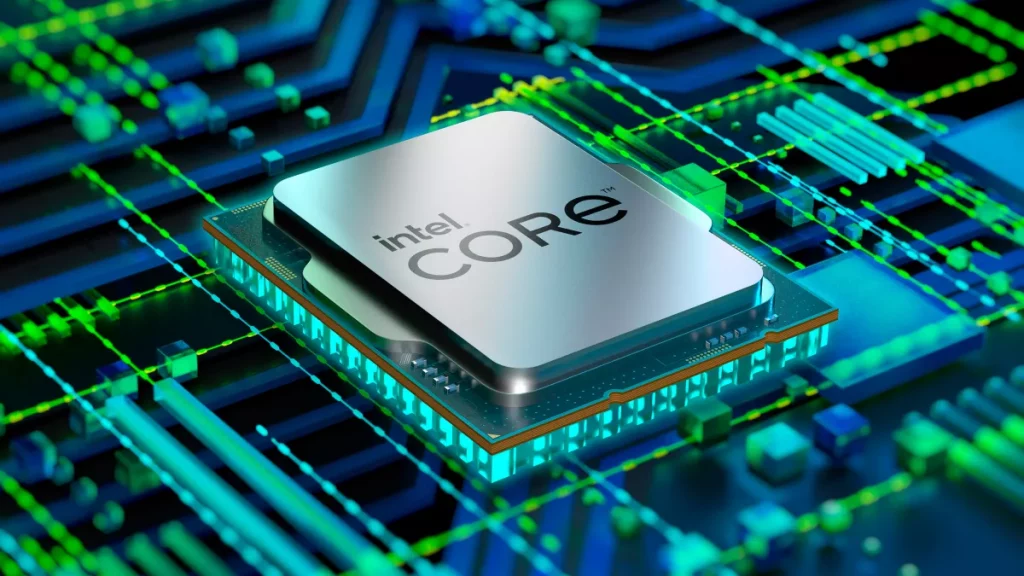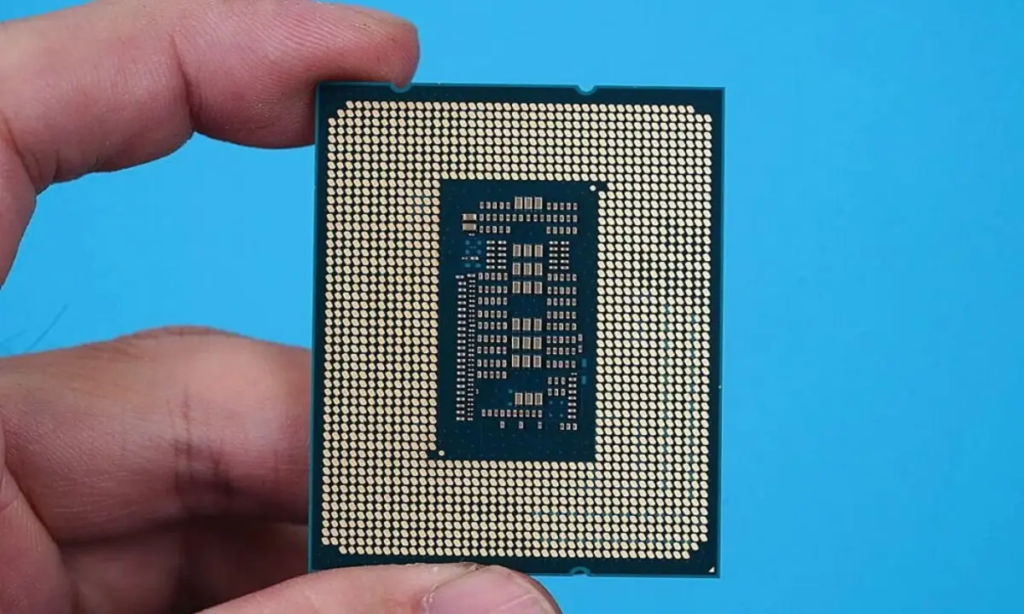In a 7-Zip compression and decompression benchmark, Intel’s Raptor Lake Core i9-13900K was found to be up to 60% faster than its predecessor, the Core i9-12900K, according to a Tweet by @OneRaichu.

The Core i9-12900K was able to output 126 MB/s in the compression test with files that were 384MB and 3847MB in size, and about 1630 MB/s in the decompression test with files that were 384MB and 38475MB in size. With 513MB and 5130MB file sizes, the Raptor Lake component, however, achieved a substantially higher 150 MB/s in the compression test. With files of 5130MB and 51300MB in the decompression test, it operated at a speed of 2600MB/s.
For the i9-13900K, this performance translates to a remarkable 20% better compression and a stunning 60% better decompression.
Although the specifics of 7-Zip’s behavior with Intel’s hybrid architecture are unknown, practically all file compression and decompression techniques are relatively CPU-intensive, which explains why the 13900K is experiencing significant performance improvements.
Due to Raptor Lake’s doubling of the efficiency core count, a major suspect in this performance improvement is most likely to be identified. Since compression and decompression can frequently be distributed across several cores, typically peaking at 32 to 48 cores. In the case of the 13900K, the processor has a total of 24 cores, including 16 efficiencies (E) cores and 8 performance (P) cores. The 13900K’s greater clock speed margin on the P cores with boost frequencies above 5.5GHz also helps.

The 13th Gen CPU architecture from Intel, dubbed Raptor Lake, is intended to replace the 12th Gen Alder Lake processors. In addition to having more potent P cores clocked at over 5.5GHz and 2x more efficient cores for the SKUs that will enable them, the chips will be constructed using a more advanced version of Intel’s 7 manufacturing process.
Also read:








